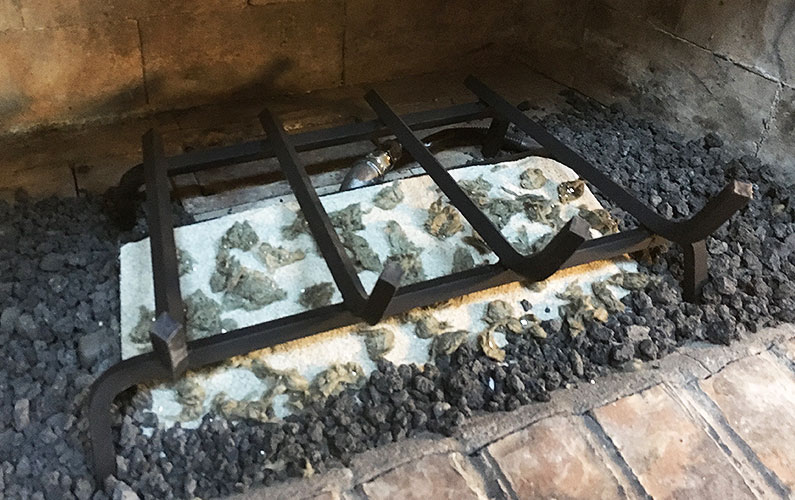Gas fireplaces offer convenience and warmth that is hard to get with traditional wood-burning fireplaces. But homeowners and hearth lovers should be aware that gas firing appliances have some distinct issues.
Gas fireplaces, particularly the Direct Vent (DV) type utilize an enclosed chamber for the logs and burner assembly. Which means direct vent’s get and give far more warmth than an open style fireplace does. DV fireplaces produce extra heat, which comes with conditions known to cause odor from the fireplace.
Why it Smells Like Burning Plastic
If you’re asking why your gas fireplace smells like burning plastic, there’s a simple explanation.
Not using your fireplace for months at a time produces a burning plastic smell the first time it’s used every burning season. The interior surfaces of your gas fireplace gather household dust, pet dander, hair, and skin cells. It’s the same thing that happens the first time you turn on the furnace every year.
This dust accumulation is difficult to remove. So when all that dust starts to burn off of this dust produces a very unpleasant odor.
Seasonal Burn-Off Is Normal
While we all love using our fireplaces, we typically don’t use them at all during the spring and summer months. As a seasonal side effect, a direct vent fireplace often isn’t utilized until the fall rolls around when the temperatures outside start to get cooler. When we finally decide to fire it up, it may come with an unpleasant odor similar to burnt plastic!
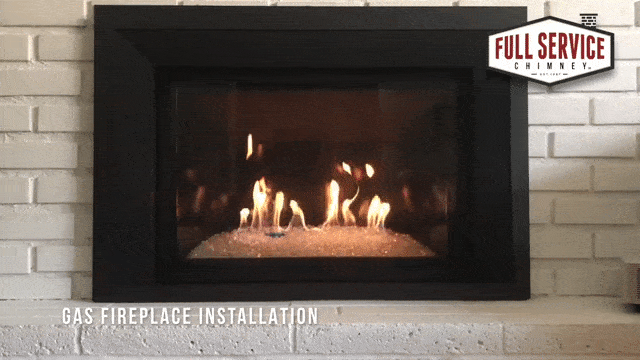
Newly Installed Gas Systems May Start with an Odor
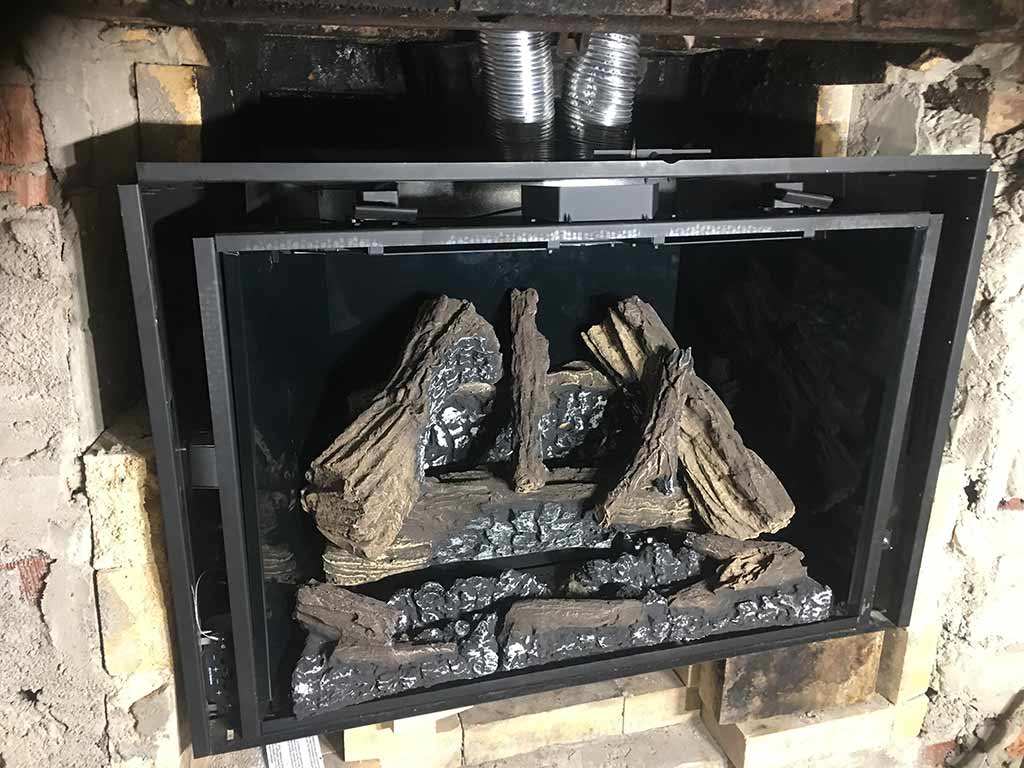
Your gas fireplace smells when first turned on, and that’s okay. This is normal to experience the first time you light it up, after installation. This type of odor may occur any time of year with a newly installed unit. Like other devices made in a factory, gas fireplaces often have lubricants, paints, and other manufacturing processes that leave debris in the passageway, which will produce a stink sometimes described as burning plastic.
When starting your new system, try opening a window to allow fresh air to come into the home. Doing this is only necessary during the initial use. Soon that smell is gone after a few short hours of use.
When is it an Emergency?
If there is a gas smell from your fireplace, take it seriously. We can explain the odor that comes from the dust burn-off or initial startup.
However, when it comes to smelling gas, you must take immediate action regardless of whether the fireplace is in use or not.
Some conditions that could cause a gas smell from the fireplace:
- Gas leak from plumbing assembly
- Exhaust spilling back into home
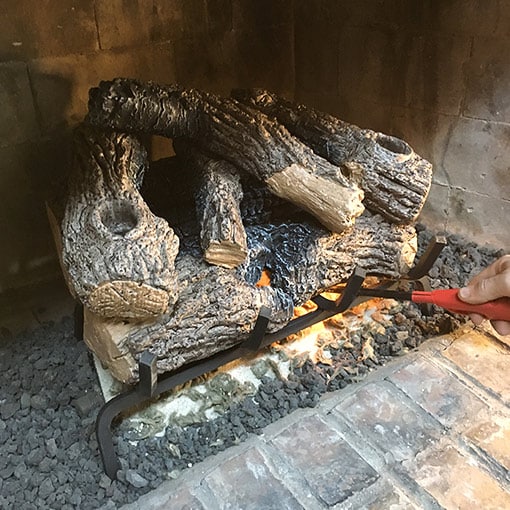
A leak in the plumbing assembly, going to the fireplace, could occur with the fireplace on or off the accumulation of natural gas or propane in a semi-contained area, like a fireplace or the adjoining structure, could produce a life-threatening event that may lead to a fire or even explosion.
Some gas odors result from the fireplace spilling exhausts that should go up the flue, failing to make it out of the house. You may notice, this odor isn’t quite like natural gas but smells like a kitchen range after the burners have been on for too long.
If this happens then you should still be concerned that your fireplace isn’t drafting correctly. The health of you and your loved ones could be affected if anyone’s exposed to carbon monoxide.
CO Warning
Remember carbon monoxide doesn’t stink like gas, you can’t smell it at all! Click here to read more about the silent killer.
A Well-Designed System Helps Reduce the Stink
A properly designed and installed fireplace and chimney will produce years of reliable service with minimal events that could cause the indoor air to become unpleasant.
Regardless of the fuel they burn, all hearth appliances should release 100% of the byproducts of combustion to the outdoors. Not merely to keep your indoor air smelling pleasant, but so the health and safety of the household occupants are not threatened.
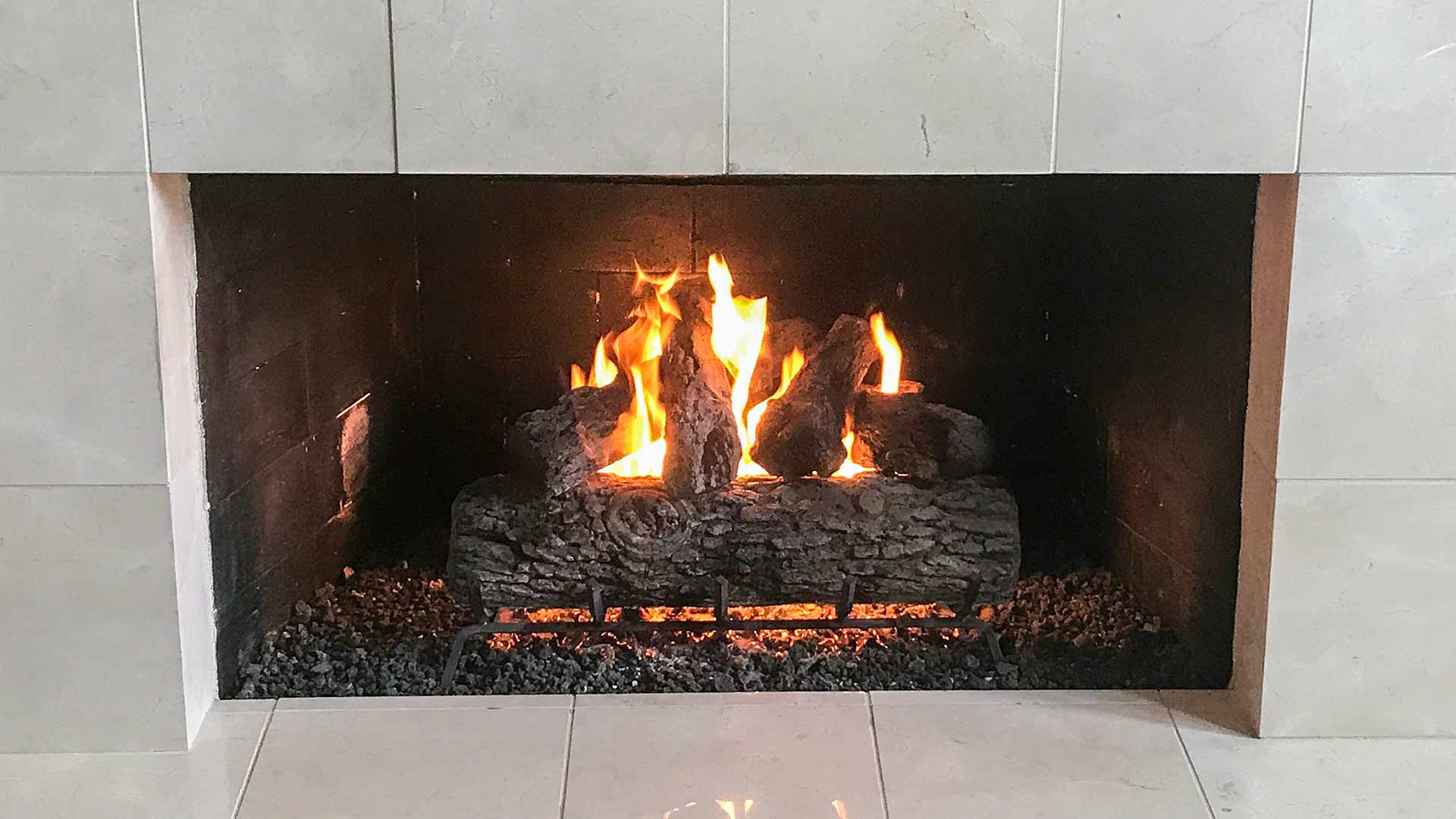
SUMMARY:
If you notice an odor or someone mentions your fireplace stinks, then it’s time to consider having your chimneys/venting systems examined.
By inspecting fireplaces and vents before problems develop, issues get detected when they’re small, helping you avoid an unsafe situation.

